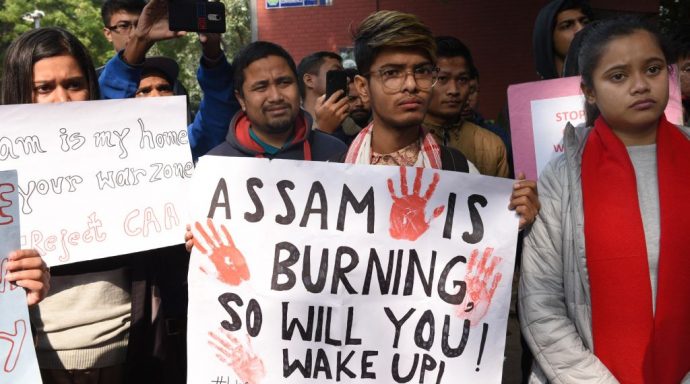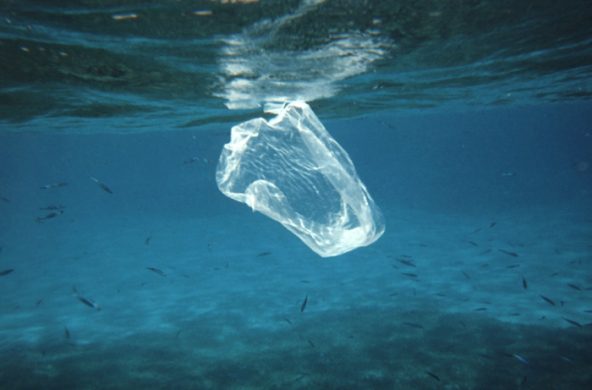GENEVA, 15. October 2015 (CARE): Papua New Guinea (PNG) is currently experiencing the effects of an El Niño event, which includes warmer weather and significantly reduced rainfall.
According to the National Weather Service (NWS) in Papua New Guinea and the Australian Bureau of Meteorology, this dry hot spell, which began in May 2015, will continue into early 2016.
In order to better understand the needs and capabilities of affected communities, CARE International in PNG (CARE PNG) undertook a series of assessments in three droughtaffected provinces between September 21 and October 2 2015.
In parallel to the needs assessments, CARE PNG did a rapid gender analysis on the differing impact of the drought on women, men, girls and boys. The assessments were done in OburaWonenara (Eastern Highlands Province), Menyamya (Morobe) and Gumine (Chimbu) districts in communities not yet covered by National Disaster Center (NDC)-led assessment teams.
Undersøgelsens hovedpunkter
The CARE community needs assessment clearly identified immediate unmet needs in food security and Water, Sanitation and Hygiene (WASH) as well as potential health impacts. The key findings of the CARE PNG assessments include the following:
Food Security: Households are currently experiencing food insecurity with the majority of household reporting that they either have only a short-term supply of staple food or have already run-out. As the current El Niño conditions are expected to continue until 2016, the food security situation could deteriorate even further over the coming months.
WASH: Women and children are travelling further to collect water and there are concerns over the water quality with animal and faecal material visible on the riverbed, which is impacting on the hygiene practices and increases the risk of water-borne diseases.
Livelihoods: Since garden yields have been so poor, there is little in terms of food surpluses to sell. As a result, households do not have cash available to purchase food or other essentials to meet their basic needs.
Health: Community members are reporting an increase in a number of diseases, diarrhoea, fever and respiratory illness in particular, although we were unable to verify this information with local surveillance data. However, based on the experience of the 1997- 98 drought there is an increased risk of diseases related to food and water scarcity.
Coping Strategies: Households are already using a variety of coping mechanisms as a result of the food shortages, such as eating only one meal per day and eating “famine” or “bush” food. Elderly and disabled household members are receiving significantly less food from their families.
Recovery Challenges: Even if the rains arrived today, families could not expect to harvest food from their gardens for at least four months. The extended dry period has also resulted in the desiccation planting materials which could impact the capacity of communities to recover.
These assessment findings are being used to inform CARE programming – in order to better address the needs of men, women girls and boys affected by the drought and frost. However, given logistical challenges of providing assistance over many districts and provinces, and the expected duration of this El Niño event, a concerted effort will be needed to meet needs, including those of persons affected in remote and difficult-toaccess communities.
Download rapporten Assessment on the Impact of the El Niño Event in PNG October 2015 (PDF, 13 sider)















